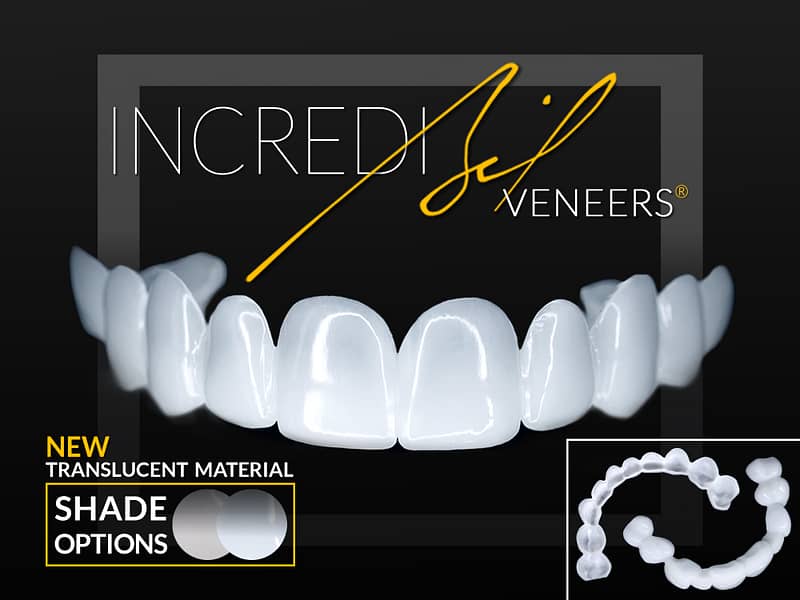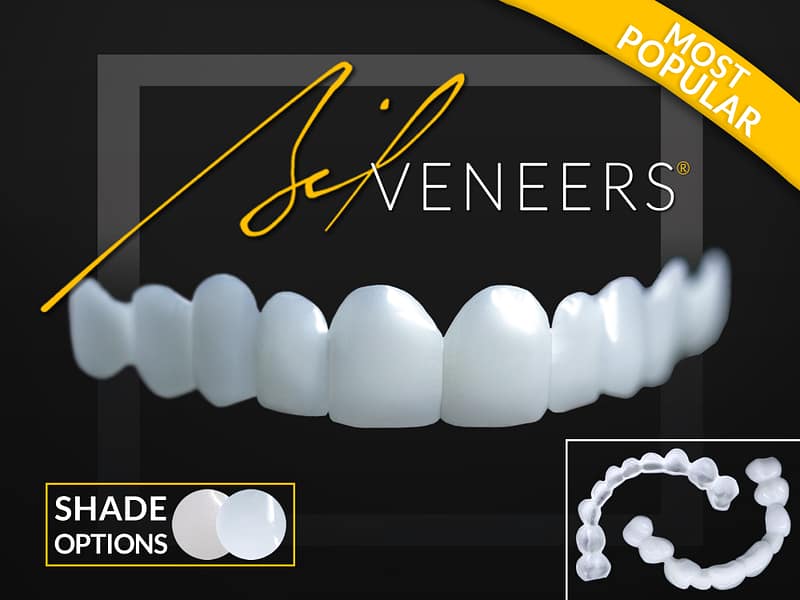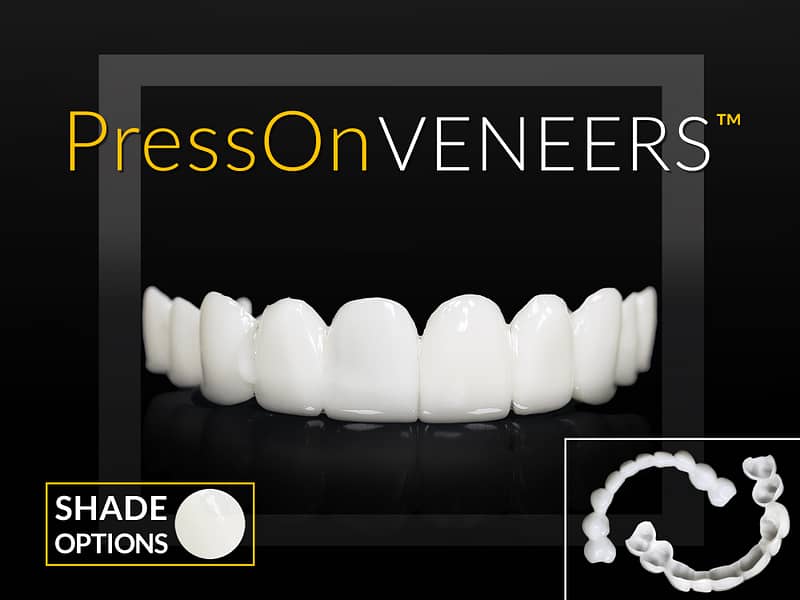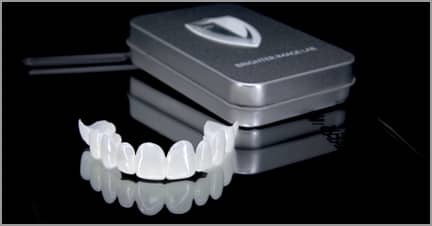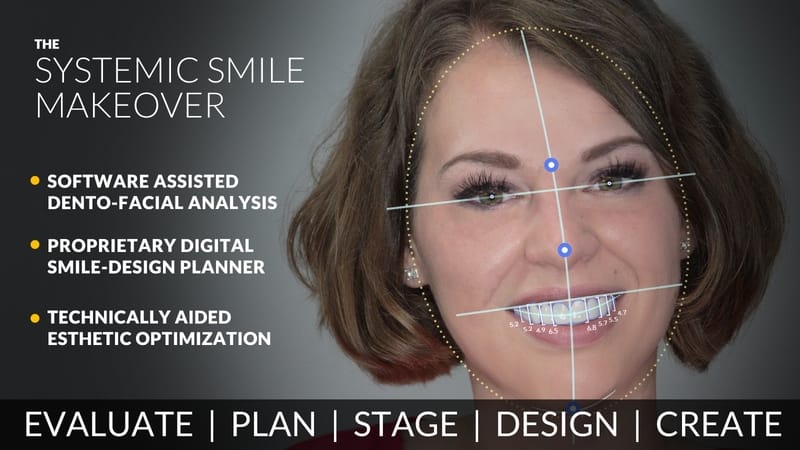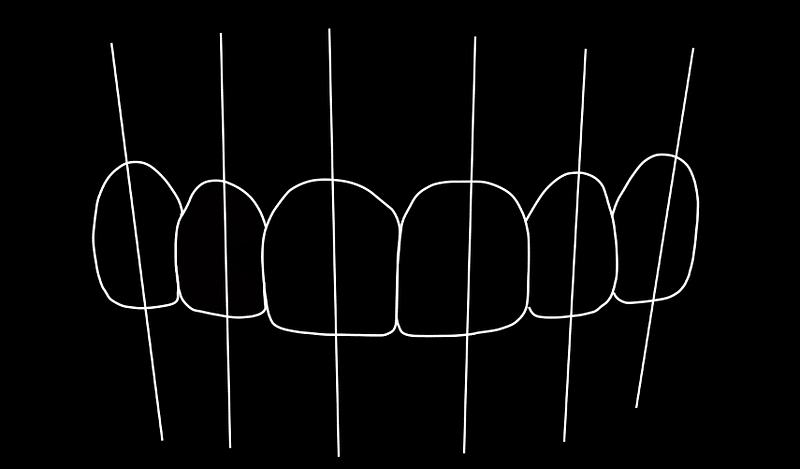Understanding Veneers vs Lumineers
In the world of cosmetic dentistry, there are many options. But which is right for you?
The purpose of this post is to layout the differences between veneers, Lumineers, and Press-On Veneers.
The main difference between veneers and Lumineers is the thickness. Typically, traditional veneers are thicker and require some enamel removal, while Lumineers are thinner and do not. Press-On Veneers are thin, like Lumineers, but are full arches and are much more affordable than the others.
Both veneers and Lumineers are acceptable smile options for the following issues*:
- Chipped Teeth
- Stained Teeth
- Minor Alignment Issues
- Gap Teeth
*Press-On Veneers can also fix the appearance of missing teeth.
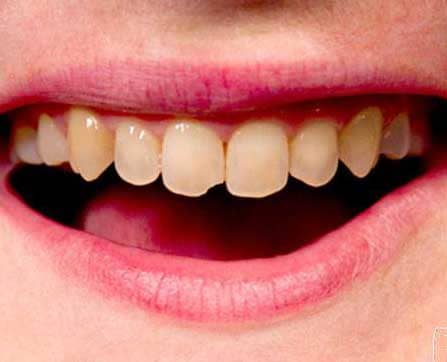
Traditional Veneers

Traditional veneers are small tooth-shaped structures that attach to the front of individual teeth for cosmetic purposes. The process of attaching traditional veneers starts with a dentist removing about .5 mm of the tooth’s enamel. The patient will then have a set of temporary veneers for several weeks while a lab creates the final set.
After the set is ready, in a second appointment, the dentist will attach the veneers.
Lumineers
Lumineers follow a somewhat similar process however there is no enamel removal. Lumineers are much thinner than traditional veneers so they can be attached to the entire original tooth.
Press-On Veneers
Press-On Veneers are thin, like Lumineers, and do not require enamel removal. These veneers are typically full arches instead of individual teeth. They can only be purchased directly from Brighter Image Lab.
They click into place over a client’s entire top or bottom arch, giving a uniform and aesthetically pleasing appearance. They also can easily be taken in and out for cleaning purposes.
Press-On Veneers Before and After
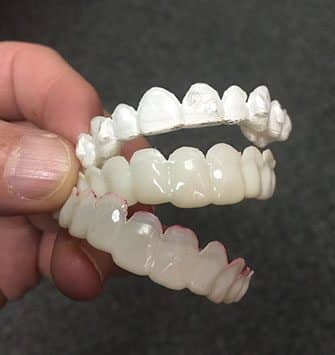
The Differences

Cost
Traditional veneers and Lumineers are somewhat similar in cost. The cost will vary by geographic area and each individual dentist but both typically start at around $1,000 per tooth.
Since all of the procedures mentioned are cosmetic procedures, they are generally not covered by dental insurance.
Press-On Veneers by Brighter Image Lab start at $795. Other low quality knock-offs can be found for as low as $400. Some dentist offices offer alternatives, but have been known to charge over $2,000 for a single arch.
Reversibility
Reversibility is one of the main topics when discussing veneers vs Lumineers. Since traditional veneers require enamel removal they are irreversible. Once a patient has this procedure, they must continue upkeep indefinitely.
This is especially problematic for people whose teeth are healthy. It is difficult to justify altering otherwise healthy teeth simply to make them look better.
Lumineers and Press-On Veneers can be reversible and the original teeth can remain intact. This means people then can keep their full, healthy teeth. They also have the option choose alternative treatments in the future.
Durability
Traditional veneers and Lumineers have been known to last up to 10 years. Some say Lumineers can last longer.
Press-On Veneers last 5 years or more depending on a client’s dental hygiene.
Dangers
Traditional veneers and Lumineers are cemented to the patient’s teeth. There is never a perfect transition between the foreign material and the gum and this ridge can be an area that has a higher susceptibility to gum cancer.
Final Thoughts on Veneers vs Lumineers
The main differences between the procedures are cost, reversibility, durability, and potential dangers. Many people are nervous to have a permanent procedure done that requires their teeth being shaved down. Lumineers and Press-On Veneers are both alternatives to the traditional process.
It’s important to know the differences for veneers vs Lumineers before making any decisions. What do you think is the best veneers option for you? Would you please let us know in the comments below?




